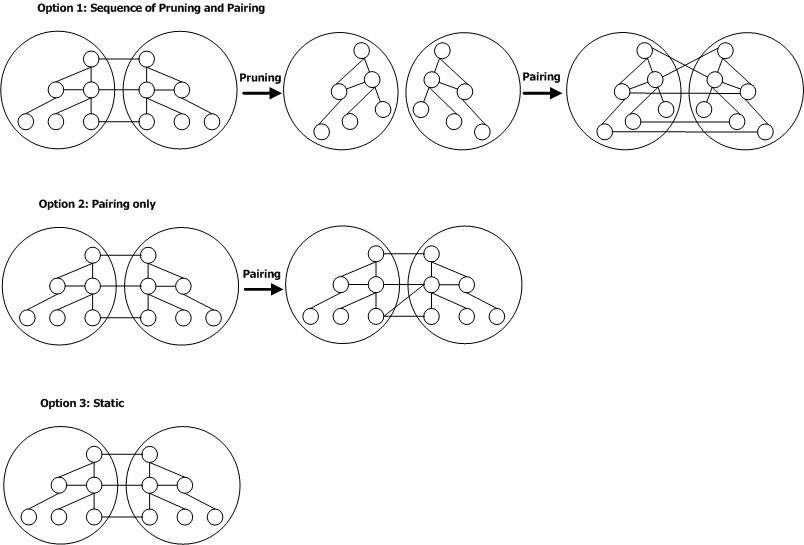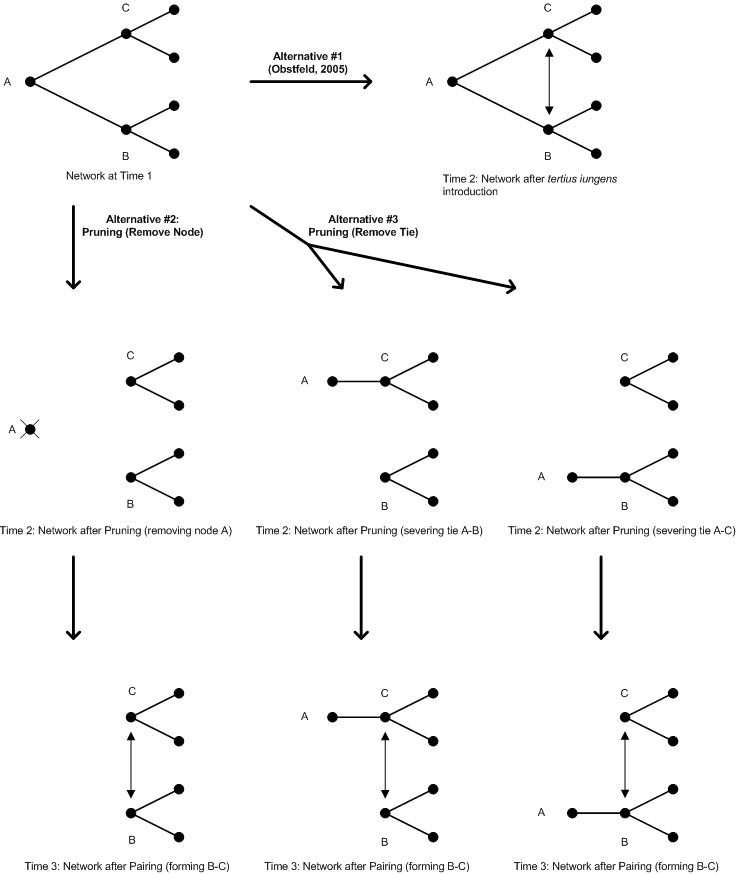|
Organizing Bridge Dynamics: |
|
|
|
ABSTRACT
This paper explores how managers overcome agency and knowledge problems that curtail network dynamics in organizations, focusing on the development of network bridges underlying innovative interorganizational relationships. Using a multi-case, inductive study of eight technology collaborations between ten firms in the computing and communications industries, this paper develops an altercentric account of network dynamics that explains how managers transform thin bridges with few boundary-spanning ties into wide bridges with many boundary-spanning ties. Comparisons of more and less innovative collaborations show that rather than leveraging existing ties to form new ties that span boundaries, managers of innovative collaborations burn bridges using pruning to remove these ties which could inhibit bridge growth. Second, rather than relying on egocentric processes to rewire these networks, managers of innovative collaborations follow pruning with pairing in which managers direct a cascade of new tie formation that flows down the hierarchy. The primary theoretical contribution is insight into how managers overcome agency and knowledge problems to develop the wide bridges which facilitate important organizational objectives. Taken together, these pruning and pairing processes increase the structural alternatives available to managers, including the creation and destruction of specific structural holes and cohesive sub-groups. In the context of exploration and exploitation, these processes serve to disconnect the organization from the knowledge landscape in order to find new and useful knowledge combinations. Overall, this research links network dynamics to theories of global and local search that are relevant for innovation.
Comments are welcome. |
|
|

